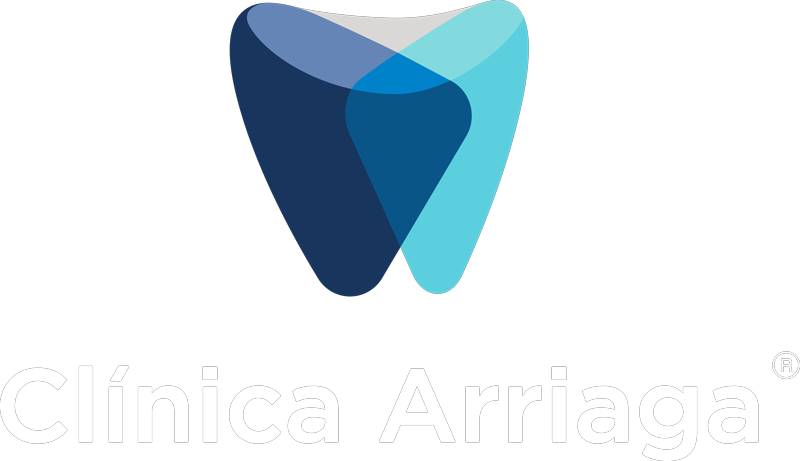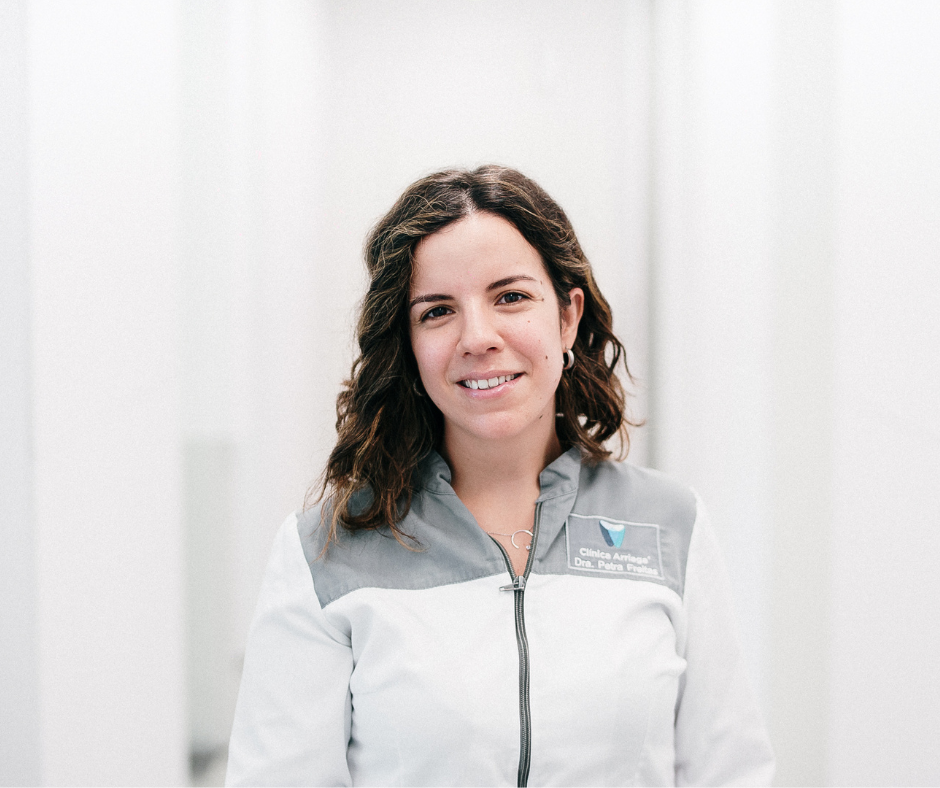What is sleep apnea? Is a sleep disorder characterized by pauses in breathing or shallow breaths during sleep. These pauses can last for a few seconds to minutes and may occur multiple times throughout the night. There are three main types of sleep apnea:
-
Obstructive Sleep Apnea (OSA): This is the most common form of sleep apnea. It occurs when the muscles in the throat relax excessively during sleep, causing the airway to collapse or become blocked. This results in interrupted breathing and may lead to snoring and frequent awakenings during sleep.
-
Central Sleep Apnea (CSA): This type of sleep apnea occurs when the brain fails to send signals to the muscles that control breathing. Unlike OSA, there is no physical obstruction in the airway. CSA is less common and often associated with medical conditions affecting the brainstem.
-
Complex Sleep Apnea Syndrome (Treatment-Emergent Central Sleep Apnea): This type of sleep apnea is a combination of obstructive and central sleep apnea. It initially presents as OSA but evolves into CSA during treatment with continuous positive airway pressure (CPAP) therapy.
Common symptoms of sleep apnea
Furthermore, include loud snoring, gasping for air during sleep, morning headaches, excessive daytime sleepiness, irritability, and difficulty concentrating. Sleep apnea is a serious condition that can lead to complications such as high blood pressure, heart disease, stroke, and daytime fatigue.
Therefore, if sleep apnea is suspected, a sleep study (polysomnography) may be conducted to diagnose the severity of the condition. Treatment options for sleep apnea include lifestyle changes, such as weight loss and positional therapy, as well as medical devices like CPAP machines or oral appliances. In some cases, surgery may be recommended to address anatomical abnormalities in the airway.
On the whole, it’s essential to seek medical evaluation if sleep apnea symptoms are present to prevent potential health risks associated with untreated sleep apnea.




